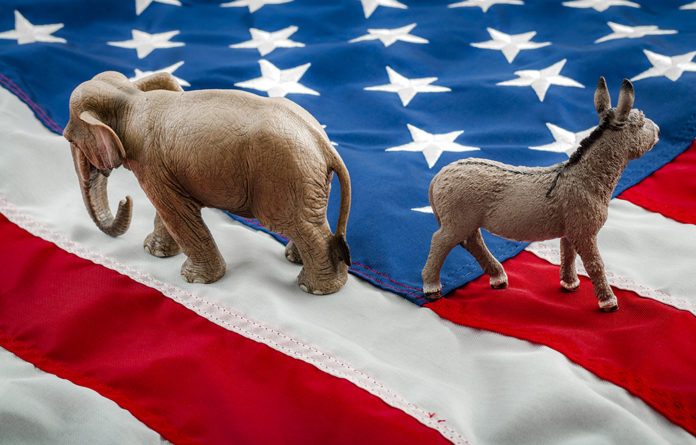While the 2022 Congressional elections weren’t the “red wave” that many pundits had been predicting, they did result in some changes that will have implications for our industry.
The U.S. Senate remains in Democrat hands—but still just barely. Sixty votes are still needed for most bills to proceed in the Senate. For the first time since January 2018, the U.S. House of Representatives will be under Republican control—albeit by a very narrow margin.
The end result is that there will be gridlock on Capitol Hill for the foreseeable future.
For example, it is likely that House Republicans will offer bills to open up energy production at home, but such efforts probably will not find support in the Senate. Meanwhile any proposals to increase taxes will face a dead end in the House of Representatives.
Speaking of taxes, many Republicans ran on the promise to repeal the provision requiring 87,000 new IRS agents included in the Inflation Reduction Act. However partisan gridlock will also likely make that effort go nowhere.
In order to accomplish his priorities, President Biden will have to work on enacting bipartisan legislation, like he did with the 2021 infrastructure law. One such opportunity could be an initiative in the Senate that would streamline the permitting approval process for energy projects. This effort is being led in the Senate by Sen. Joe Manchin (D-WV) and could also appeal to the GOP House of Representatives.
But if legislative gridlock is too much to overcome, Biden will focus on getting things done through federal regulations.
When Biden was vice president and Democrats lost control of the House in 2010 and the Senate in 2014, his administration turned to executive and federal regulatory actions that did not need Congressional approval. It would not be surprising if Biden pursued the same model for the next couple of years to advance his administration’s agenda.
Labor issues, like the pending federal rule on joint employment and other subjects in front of the National Labor Relations Board (NLRB), will be highly anticipated by the business community. In our industry, joint employment might impact hiring of subcontractors or franchisee/franchisor agreements. The joint employer rule impacts employers who together determine terms and conditions of employment for an employee.
Meanwhile OSHA’s final rule on tracking workplace injuries and illnesses should be out very soon. We are also expecting increased enforcement by OSHA in the workplace, including for their crane safety requirement certification.
For most small businesses though, the most pressing issues continue to be inflation, supply chain challenges, and the tight labor market. The Federal Reserve may continue to raise interest rates in 2023, making things more expensive as a way to bring down inflation but leading to whispers of a recession in 2023.
Whatever the new session of Congress brings, ISA will be there to represent the interests of the sign and graphics industry. ISA’s involvement in Washington, D.C., consists of participating in coalitions with like-minded trade associations and organizations, so that we can pool our resources and members together and be more effective in making a positive difference and help prepare your business for any changes ahead.
And of course, the next federal elections are just under two years away!
—David Hickey
David Hickey is vice-president of Government Affairs at the International Sign Association.











